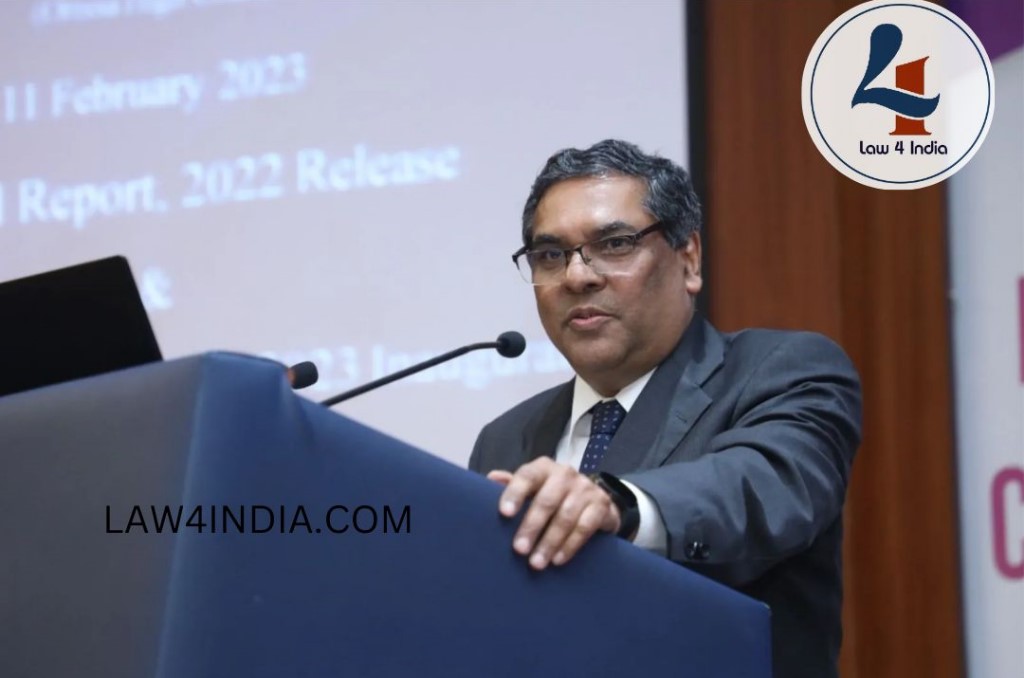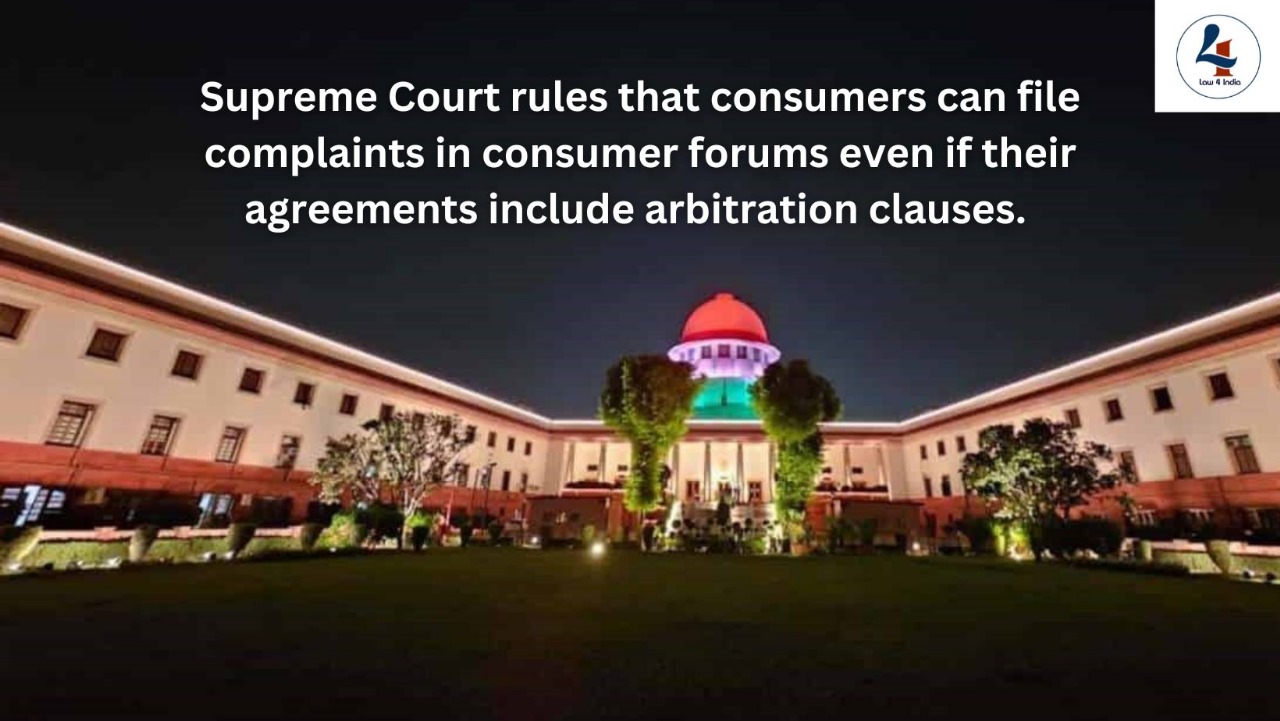-By Pahal Teware
The prowess of Indian legal structure is often considered to be a slow brewing process, yet throughout the course of our advocating culture criminal advocacy found a prime space of its own. In current times, as the ambit of Indian jurisprudence expands and newer subjects permeate in the membrane of mundane practice of law, criminal jurisprudence and its practice is losing the firm grip it had in the past years.
Hon’ble Chief Justice of India Mr. Sanjeev Khanna recently raises concerns over new lawyers distancing from criminal advocacy and commented on this grave reality where the new entrants of law in India are disassociating themselves with the practice of criminal advocacy.
This concern remains prevalent as statistics paint a grim picture of India’s legal landscape. According to the National Judicial Data Grid 2024/2025 the number of criminal cases (3,57,87,110) are 225.85% more than the number of civil cases (1,09,82,825) being heard in the premises of various courts throughout India[1] with more than 81% of pendency in them.
The Supreme Court Observer 2018 data projects how much pendency rising in criminal cases increasing from 55,164 – 56,320 in the month of January till October
CJI Khanna, speaking at the book launch of Ratanlal & Dhirajlal’s Law of Crimes: A Comprehensive Commentary on Bharatiya Nyaya Sanhita, 2023 edited by former Chief Justice of India Shree U.U. Lalit, urged a new league of advocates to pursue criminal advocacy and to put this field at the priority. He also propounded on how the Doctrine of Propostionality and data driven application of law is losing its presence in the practice of criminal law and how only the young emerging spree of advocates can bring it back with zeal.




